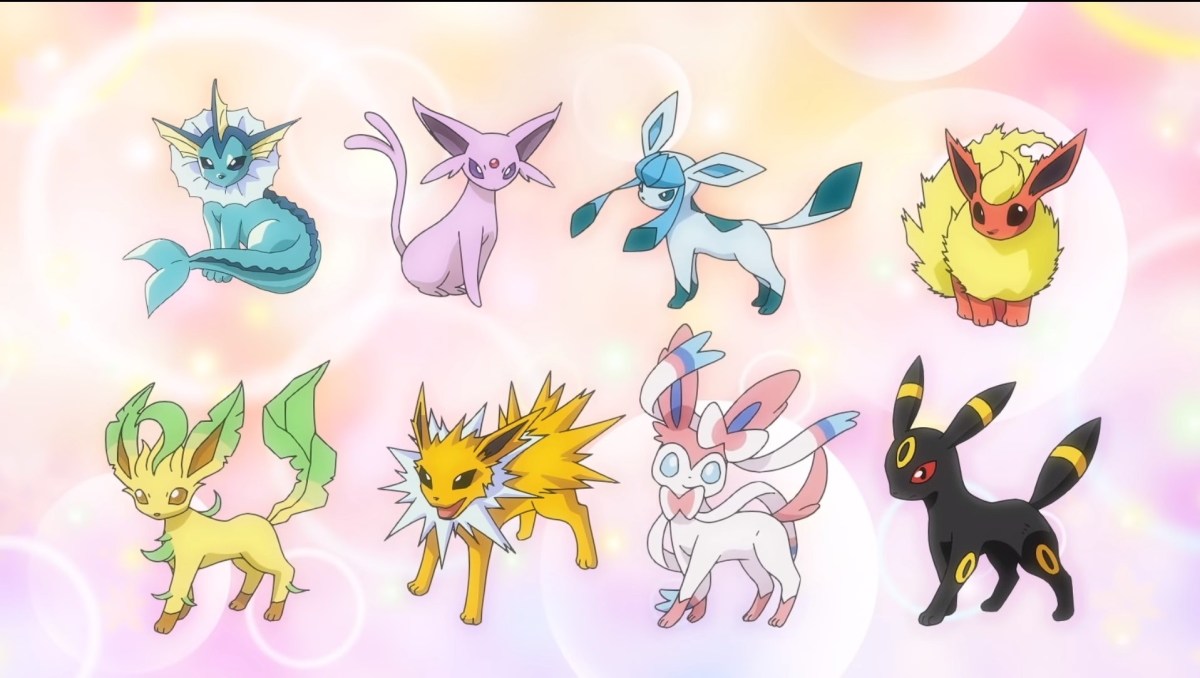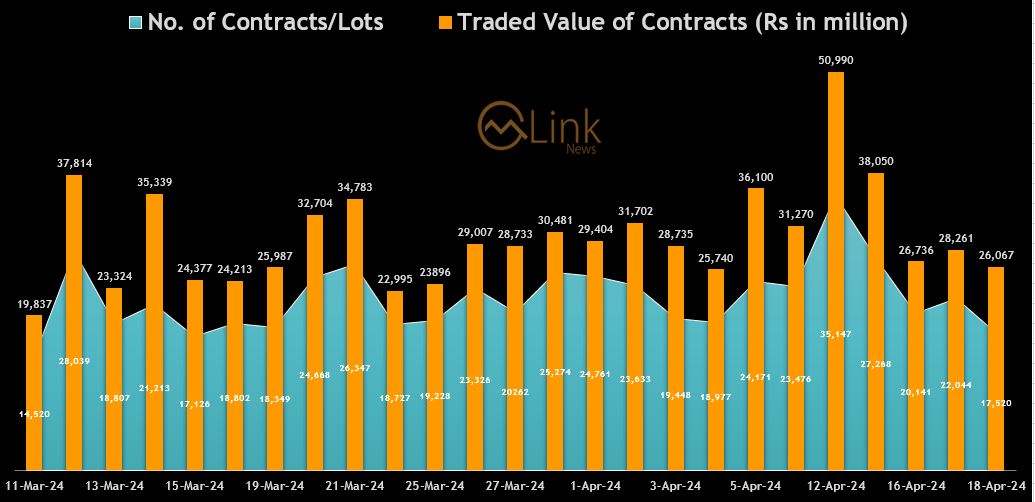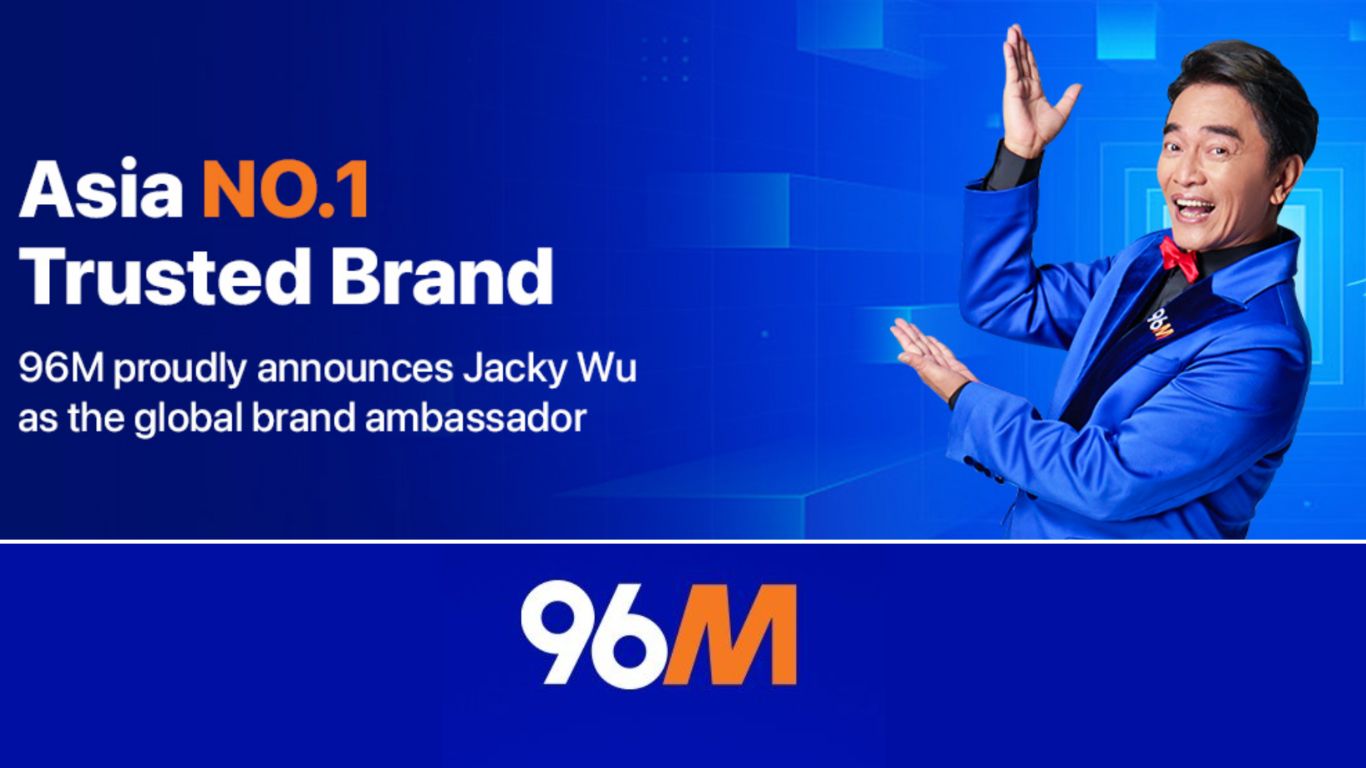A card-trading expert shares his best tips to sell Pokemon cards. Plus, how to assess your cards’ rarity and condition. This was originally published on The Penny Hoarder, which helps millions of readers worldwide earn and save money by...
The resurgence of Pokemon has young adults rummaging through their closets in hopes of finding their old collection of trading cards.
And, if they’re lucky, a rare card that could make them a fortune.
The 1997 Japanese anime-turned-trading-card-game-turned-video-game series holds a special place in the hearts of ‘90s kids, who cherished the furry creatures with elemental powers that could be traded and battled and hoarded for years to come.
For Scott Pratte, a Pokemon enthusiast and card-trading expert, the hobby never dimmed. Pratte collects and sells some of the most treasured Pokemon cards in the world.
“I’ve done 7-figure deals,” Pratte says. “That’s just one deal, not even my lifetime” earnings.
Due to nondisclosure agreements, he can’t say exactly which cards have made him the most money, but he says that his trophy cards, aka the rarest Pokemon cards on the market, easily rake in upwards of $1 million.
Only a select few people hold these trophy cards, usually those who won Pokemon tournaments in the early 2000s and were awarded ultra limited edition cards. But there are a fair amount of more common Pokemon cards that could sell for hundreds or even thousands of dollars.
Pokemon Cards Worth Selling
The two biggest value factors to consider about old Pokemon cards are their rarity and condition.
In terms of rarity, “base-set” cards are where the money is for most collectors, and these cards are the most traded ones in the hobby. Set cards are “any card you can pull from a pack” bought from the store, says Pratte. The base set comprises the original 102 cards printed in 1999 and includes classic Pokemon like Pikachu, Blastoise, Charizard and Venusaur.
A complete first-edition base set in mint condition sold for $100,000 in December 2017. If you have a base-set card in your collection, there are a few visual indicators of its worth.
 Holographic cards: These are the most discernable at first glance. The background of the Pokemon illustration is shiny and reflective — not the whole card, only the picture of the monster. They’re typically referred to as “holo” cards, and only 16 of the original 102 are holo.
First-edition cards: Directly next to the left corner of the illustration appears the “edition 1” logo. These cards were bought up shortly after initial release and remain some of the rarest and most sought-after cards.
Shadowless cards: This version is almost identical to the first-edition prints but exclude the first-edition logo. If you don’t have a newer card for comparison, this is particularly hard to notice: the illustration box appears 2D. On newer cards, the picture box has a shadow along the right border to give it a 3D appearance.
Unlimited cards: These cards are still old and rare, but they do not include the first-edition symbol and have an added shadow behind the illustration to give the picture box a 3D effect. To check if your card is part of the base set, look at the bottom right corner of the picture box. If you do not see one of the many later-added set symbols, then you have a base-set, Unlimited card.
Holographic cards: These are the most discernable at first glance. The background of the Pokemon illustration is shiny and reflective — not the whole card, only the picture of the monster. They’re typically referred to as “holo” cards, and only 16 of the original 102 are holo.
First-edition cards: Directly next to the left corner of the illustration appears the “edition 1” logo. These cards were bought up shortly after initial release and remain some of the rarest and most sought-after cards.
Shadowless cards: This version is almost identical to the first-edition prints but exclude the first-edition logo. If you don’t have a newer card for comparison, this is particularly hard to notice: the illustration box appears 2D. On newer cards, the picture box has a shadow along the right border to give it a 3D appearance.
Unlimited cards: These cards are still old and rare, but they do not include the first-edition symbol and have an added shadow behind the illustration to give the picture box a 3D effect. To check if your card is part of the base set, look at the bottom right corner of the picture box. If you do not see one of the many later-added set symbols, then you have a base-set, Unlimited card.
The second important factor in a card’s value is the condition. If you do happen to have a first-edition, holographic base-set Charizard, you’re not guaranteed thousands of dollars. The price it fetches depends on how well the card has been taken care of.
If you have a card that you expect is worth more than $100, Pratte recommends getting it graded by Professional Sports Authenticator (PSA).
Despite its name, the PSA grades all kinds of trading cards, including non-sports cards like Pokemon. PSA’s 10-point grading scale is accepted as the industry standard, and the company also publishes price guides to help determine a card’s worth. According to its current valuations, first-edition cards in perfect condition are valued at a minimum of $40. Those aren’t rarer, holographic cards either. A first-edition holo in mint condition can rake in between $1,000 and $24,000.
So why Pratte’s $100 limit? Well, the number isn’t a hard-and-fast rule, but the card-grading services offered by PSA will cost $20 or more per card, meaning a lower-value card doesn’t always merit the cost to get it authenticated.
“It’s a process,” says PSA spokesperson Terry Melia. “But it’s something that could reap big rewards in the end.”
In addition to grading the condition of the card, PSA ensures the card isn’t a forgery by using high-powered lights and magnifying equipment to check for tampering.
“There are a lot of forgeries and bogus merchandise out there,” says Melia.
Especially so online.
Where to Sell Pokemon Cards
After you’ve done some homework — checking the type of card, estimating its value and sending it in for authentication, if needed — you’re finally ready to sell.
“The main marketplace is for sure going to be eBay,” Pratte says. “Even if you’re someone who just stumbled upon your childhood collection, it’s really easy to take a couple of pictures [and] make a decent listing.”
The PSA’s grading system and authentication make selling online much easier. This process allays fears that the card is a fake and curbs arguments over its true condition. Each authenticated card comes in a protective case with the grade and barcode clearly visible at the top.
As Pokemon re-enters mainstream culture with the release of new video games and movies, expect to see an uptick in buying and selling activity of old cards. But interest doesn’t pick up overnight.
“It’s not binary in that sense,” Pratte says.
Instead, it’s a more gradual process where each new Pokemon-related release reminds twenty- and thirty-somethings of their childhood: the crinkling sound of ripping open a new pack of cards followed by a strong whiff of ink as they shuffle through the set, hoping to find something rare.
Pratte offers this caution about getting rich overnight: “Be realistic.”
“If you put in little or no effort back in the day,” he says, “you probably don’t have the homerun card.”
But as you rummage through your collection, remember that there’s no rush to purge now. Spend some time with your cards. See if they’re valuable. Consider getting them authenticated. Then decide if they’re worth selling.
After two decades, Pokemon — and its card-collecting hobbyists — aren’t going anywhere anytime soon.
Adam Hardy is a former staff writer at The Penny Hoarder.
This was originally published on The Penny Hoarder, which helps millions of readers worldwide earn and save money by sharing unique job opportunities, personal stories, freebies and more. The Inc. 5000 ranked The Penny Hoarder as the fastest-growing private media company in the U.S. in 2017.






![The Best Way To Hack Pokemon Go iOS 17 & Android [No PC & Root]](https://cdn.redmondpie.com/wp-content/uploads/2022/09/pokemon-go-location-1024x546.jpg)









